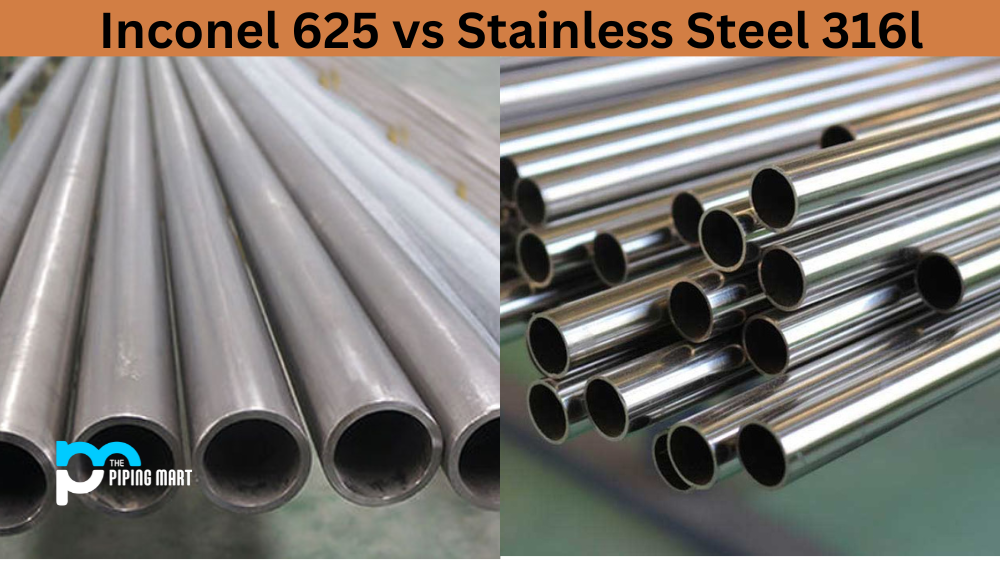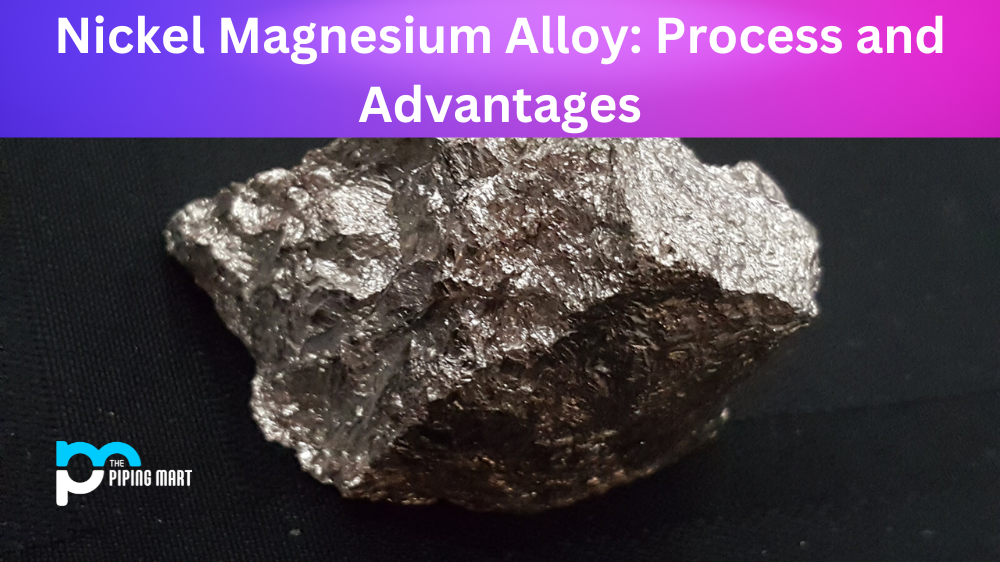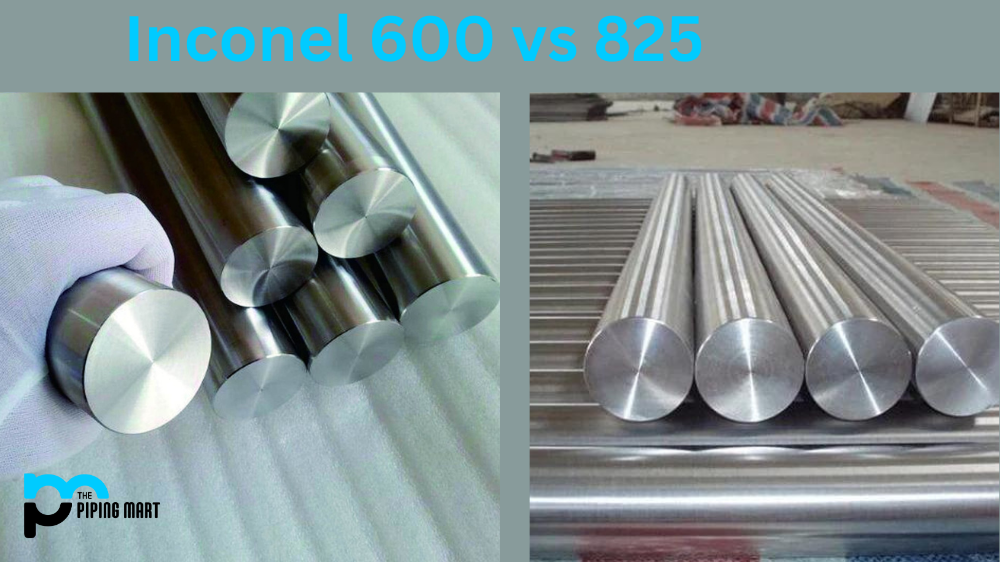In the manufacturing industry, choosing suitable materials is crucial to ensure the quality and durability of the final product. Two popular materials often compared and used in different industrial applications are Inconel 625 and stainless steel 316l. It can be difficult to determine which material best suits your application, so in this blog post, we will compare Inconel 625 and stainless steel 316l to help you make an informed decision.
Inconel 625
Inconel 625 is a nickel-chromium alloy with an addition of molybdenum that acts as a strengthening agent. The alloy’s chemical composition allows for a high level of resistance to both corrosion and oxidation. Inconel 625 is frequently used in marine and chemical processing applications due to its ability to resist pitting, crevice, and general deterioration.
Stainless Steel 316L
Stainless steel 316L is an austenitic stainless steel with low carbon content. The alloy’s chemical composition includes molybdenum, which increases corrosion resistance compared to other austenitic stainless steels. Stainless steel 316L is frequently used in food processing and pharmaceutical applications due to its high level of resistance to both corrosion and oxidation.
Difference Between Inconel 625 and Stainless Steel 316l
Chemical Composition
Inconel 625 is a nickel-based alloy that contains 20-23% chromium, 8-10% molybdenum, and 3-4% niobium, while stainless steel 316l is an austenitic alloy consisting of 16-18% chromium, 10-14% nickel, and 2-3% molybdenum. Inconel 625 has a higher nickel content, making it more resistant to corrosion and oxidation in extreme environments. Stainless steel 316l is less corrosion-resistant but can still corrode in harsh environments.
Temperature Resistance
Inconel 625 is known for its high-temperature strength and excellent heat resistance. It can withstand temperatures above 2000°F without deforming or suffering any permanent damage. On the other hand, stainless steel 316l has a lower melting point and cannot withstand extreme temperatures as effectively as Inconel 625.
Strength and Toughness
Inconel 625 is a stronger and tougher material compared to stainless steel 316l. It has a higher yield and tensile strength, making it suitable for high-stress applications. Stainless steel 316l, conversely, is ductile and malleable, making it easier to form and shape.
Application
Inconel 625 and stainless steel 316l have unique advantages and disadvantages depending on the application. Inconel 625 is more expensive but ideal for applications requiring high-temperature resistance, excellent corrosion resistance, and strength, such as aircraft exhaust systems, gas turbines, and chemical processing industries. On the other hand, stainless steel 316l is more affordable and suitable for general applications, such as marine applications, pharmaceutical equipment, and food processing systems.
Weldability
Stainless steel 316l is known for its excellent weldability properties, making it ideal for welding applications. Inconel 625, on the other hand, can be difficult to weld and requires specialized techniques to ensure proper welding.
Availability
In terms of availability, stainless steel 316L is more widely available than Inconel 625. This is partly because stainless steel 316L is less expensive than Inconel 625. Additionally, stainless steel 316L is more commonly used in a variety of industries, making it easier to find suppliers that carry the alloy
Conclusion
In conclusion, Inconel 625 and stainless steel 316l have unique properties and applications. When choosing the material for your application, consider the environment, temperature, strength, and cost. Inconel 625 is an excellent choice for high-temperature and corrosive environments, while stainless steel 316l is ideal for general applications. Consider seeking the help of professionals with experience in material selection to ensure the quality and reliability of your final product.

Pipingmart is a B2B portal that specializes in metal, industrial and piping items. Additionally, we share the latest information and information about materials, products and various types of grades to assist businesses that are involved in this business.




